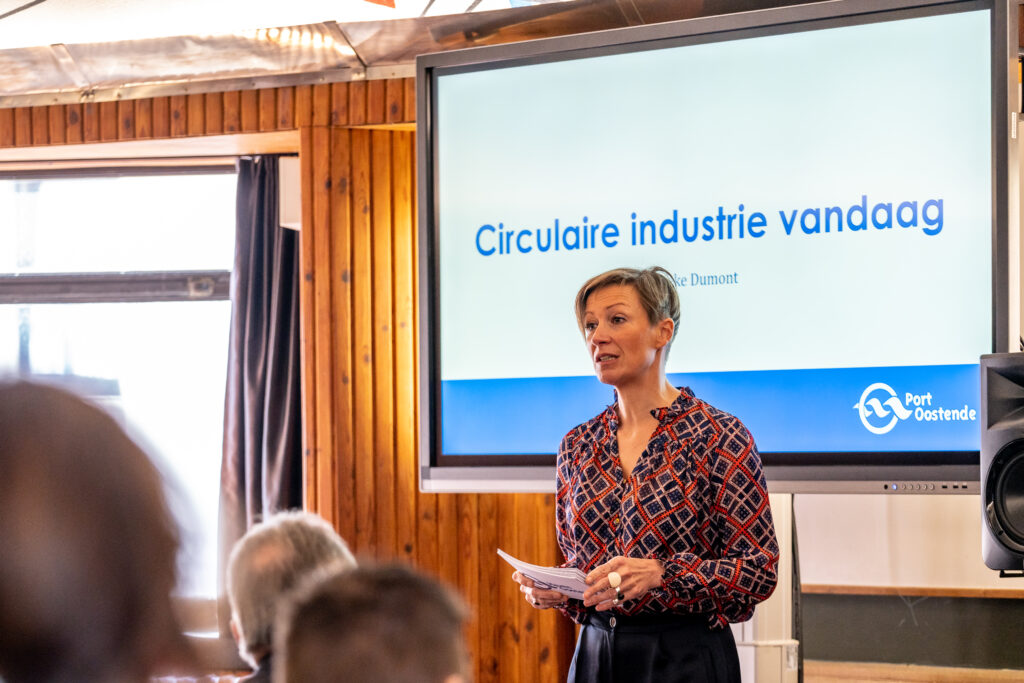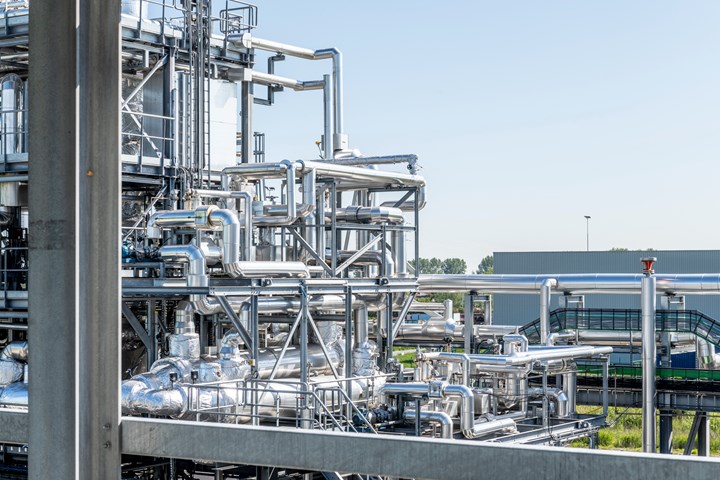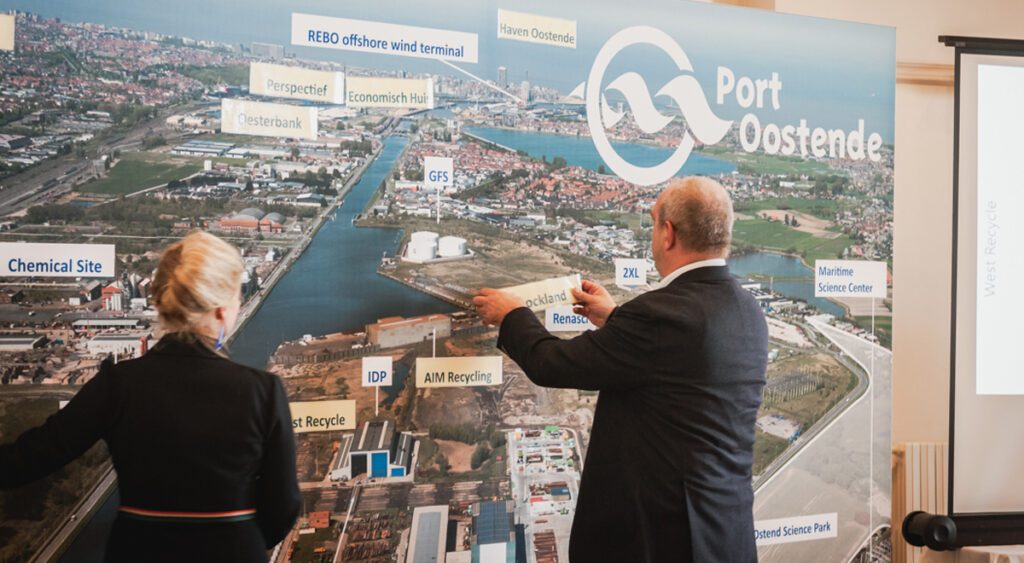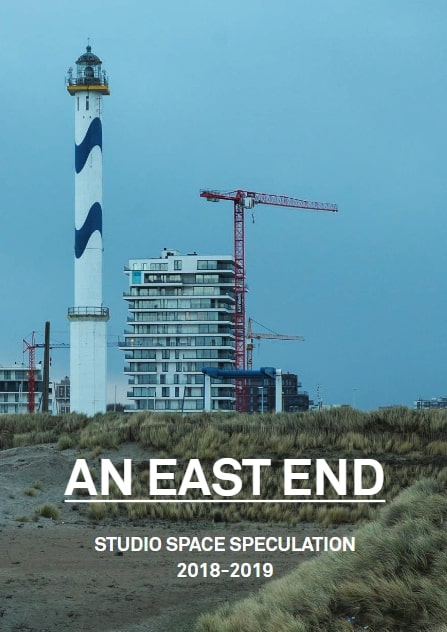Because of its special location, the Belgian coast, even more than other regions, will be confronted with demographic changes, the impact of climate change, the switch to sustainable energy and the transition to a circular economy. How can the reconversion of the built environment play a role in addressing these challenges? What role can interventions on the smallest scale play and how do they relate to the coastal region as a whole? These and other questions were explored in the design study ‘Urban System Coast?’, within the context of the ‘Labo Ruimte’ collaboration.
The study also focuses on the two main seaports: Ostend and Zeebrugge. Major changes will take place in the near future that are associated with two strong drivers of change: the energy transition and the transition to a circular society. The ports play a very important role in both, not only in connection with the spatial impact of these transitions, but certainly also in the economic opportunities that lie there. An additional challenge for Ostend is the connection between city and port. By bringing economic activity back into the city, synergies are created that benefit both port and city.





